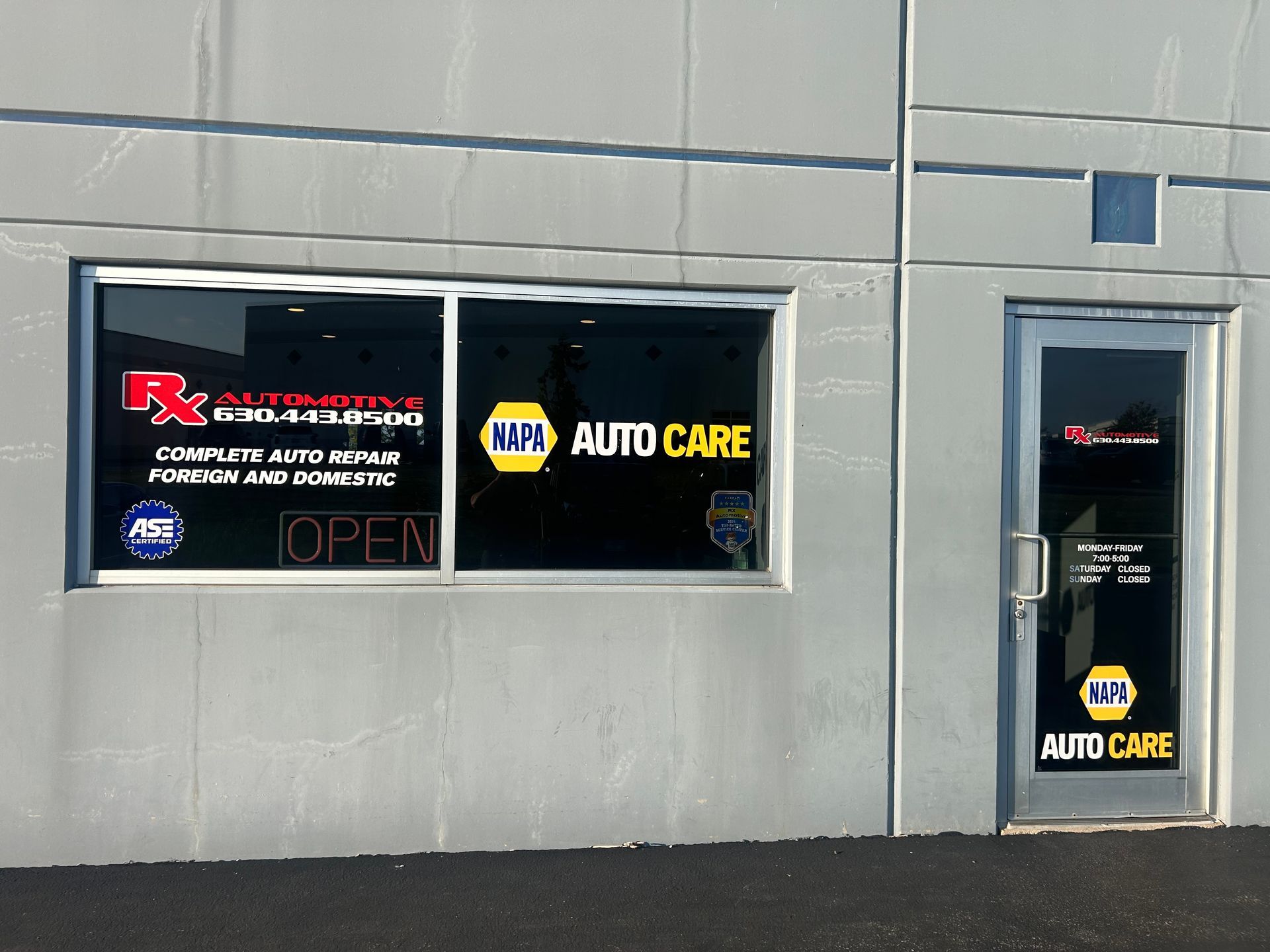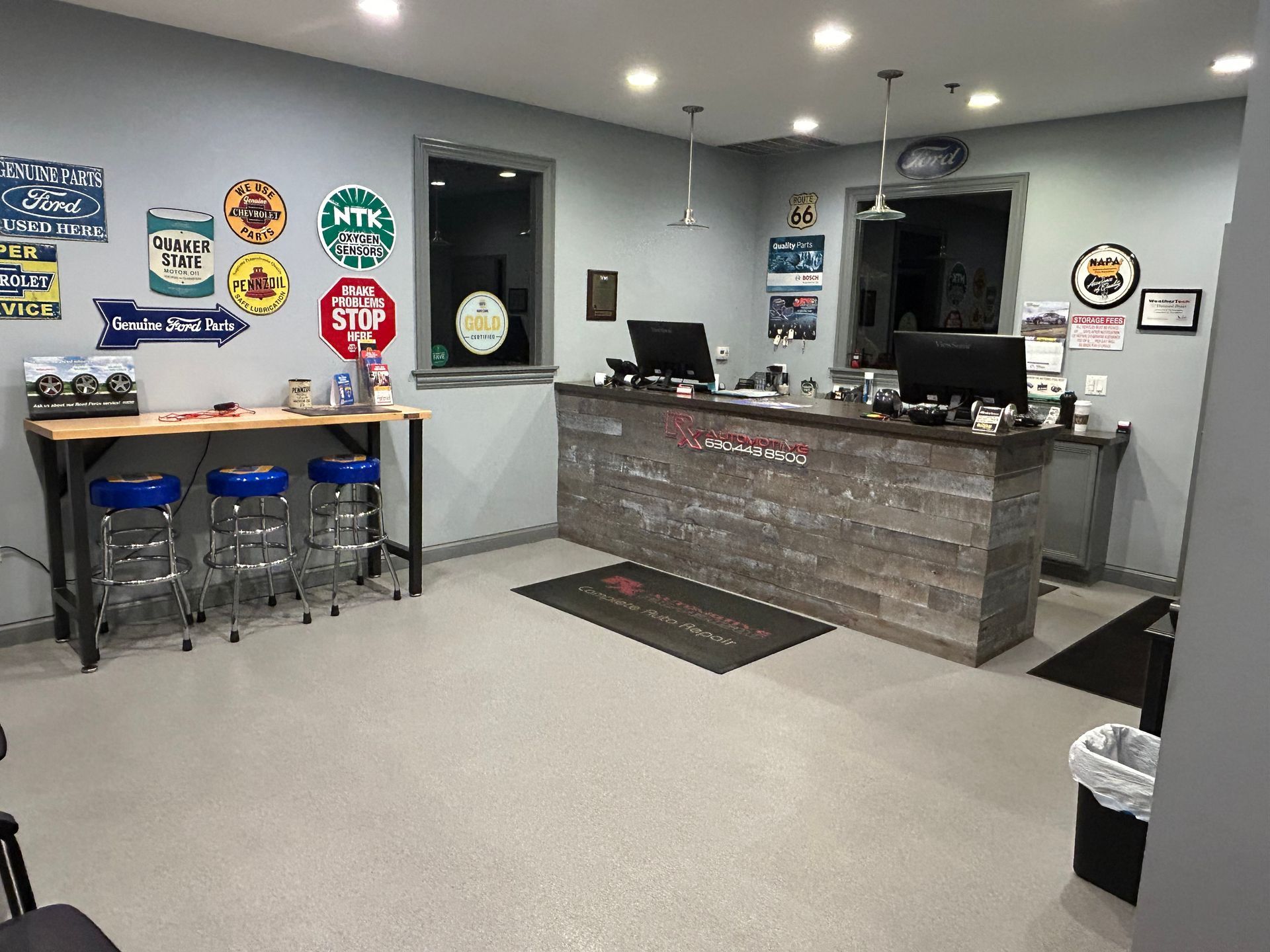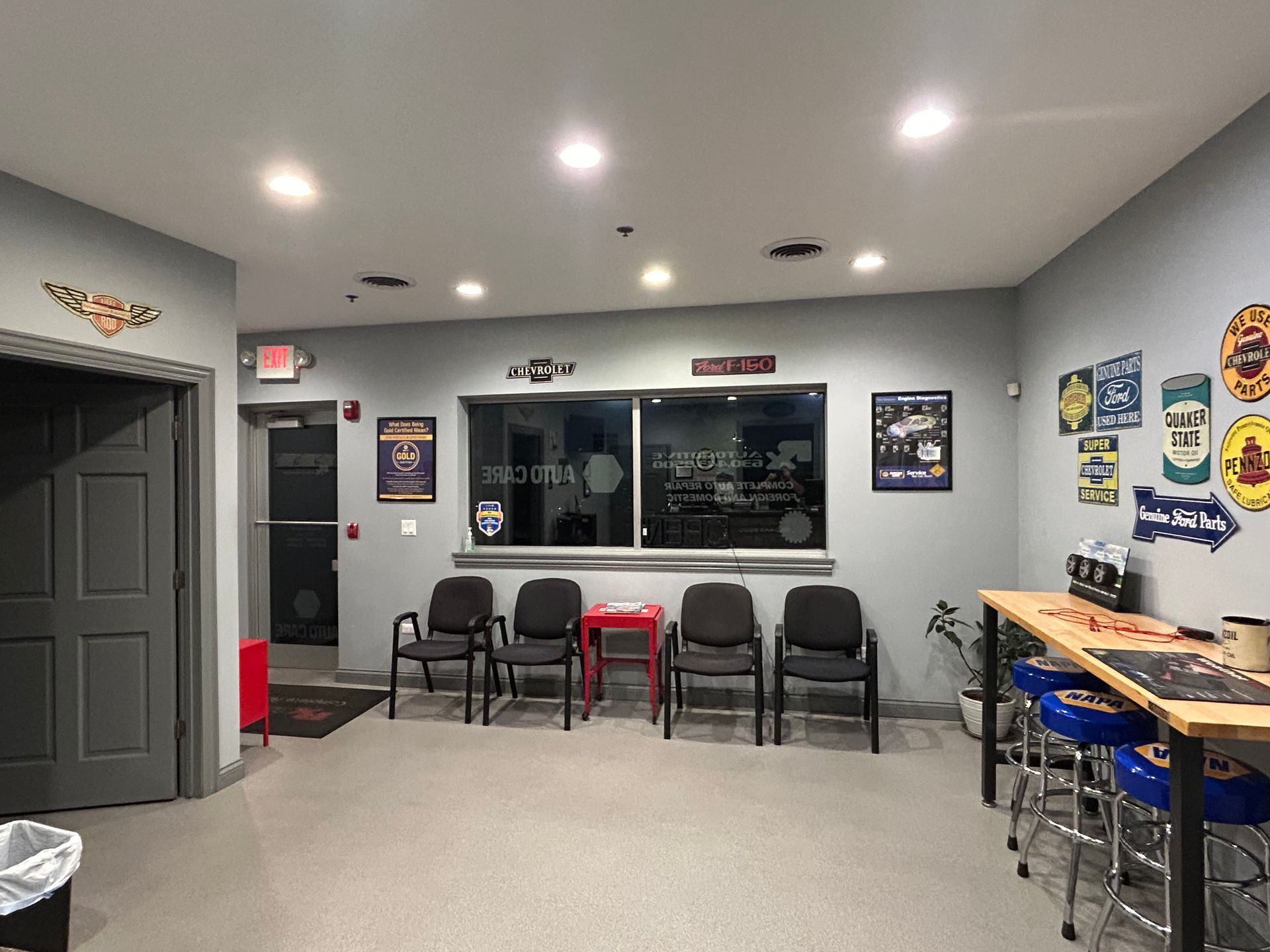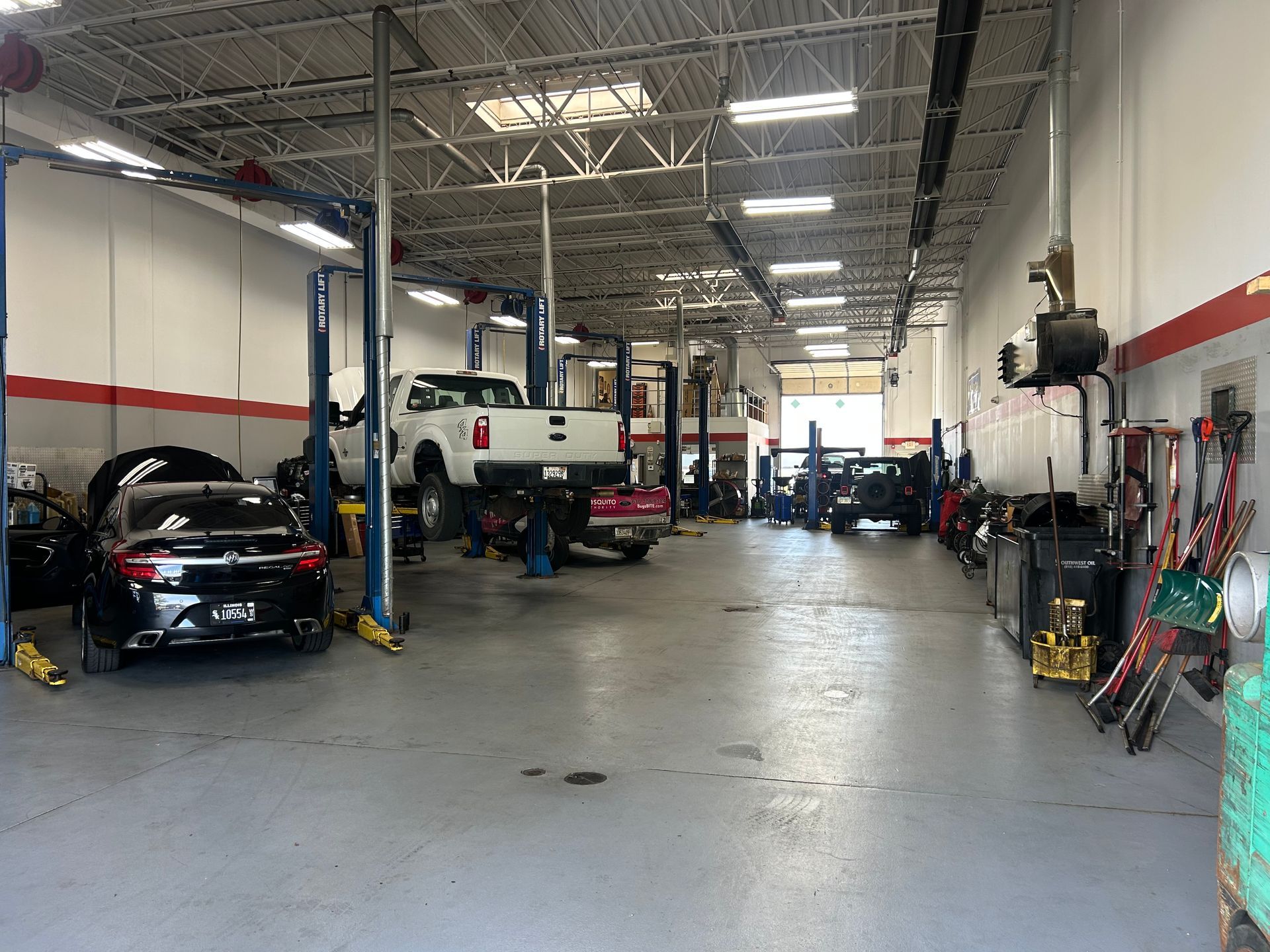By Les Santeler
•
August 5, 2025
The energy from exploding fuel is what powers your engine. But some of the vapors from the explosions escape into the lower part of the engine, called the crankcase. The crankcase is where your engine oil hangs out. These gases are about 70% unburned fuel. If the gases were allowed to stay in the crankcase, they would quickly contaminate the oil and turn it to sludge. Sludge is one of the biggest enemies of your engine, clogging it up, eventually leading to expensive failures. Also, the pressure build up would cause seals and gaskets to blow out. Therefore, these gases need to be vented out. Gasoline engines used to simply have a hose that let the poisonous fumes vent out into the air. In 1963, the federal government required gas engines to have a special one-way valve installed to help reduce dangerous emissions. Diesel engines are not required to have these valves. The positive crankcase ventilation, or PCV, valve routes crankcase gases through a hose and back into the air intake system where they are re-burned in the engine. Fresh, clean air is brought into the crankcase through a breather tube. It’s really a pretty simple system, but does an important job. The re-circulating air removes moisture and combustion waste from the crankcase, preventing sludge. This extends not only the life of your oil, but the engine as well. The PCV relieves pressure in the crankcase, preventing oil leaks. Eventually, the PCV valve can get gummed up. Then it can not move enough air through the engine to keep it working efficiently. If the PCV valve is sticking enough, you could have oil leaks, excess oil consumption and a fouled intake system. If you experience hesitation or surging or an oil leak, it may be a sign of PCV value problems. Your owners’ manual may give a recommendation for when the PCV valve should be replaced – usually between 20,000 mi/32,000 km and 50,000 mi/80,000 km. Unfortunately, some manufacturers don’t list a recommendation in the manual, so it can be easy to overlook. Many PCV system problems can be diagnosed with a visual inspection. Fortunately, PCV valve replacement is both quick and inexpensive. Proper oil changes will greatly extend the life of the PCV valve. Skipping a few recommended oil changes can allow varnish and gum to build up in the valve, reducing its efficiency. So now when your Saint Charles service technician tells you its time to replace your PCV valve, you will know what he’s talking about. If you have had your car for a while and this is the first you’ve ever heard of a PCV value, ask your tech to check yours out or call Rx Automotive at 630-443-8500.













